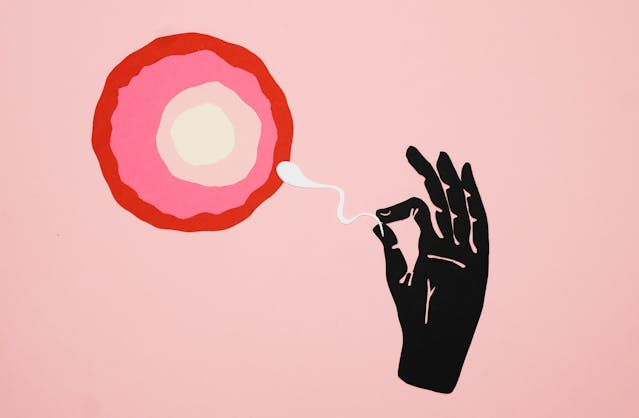A recent advancement in fertility treatment could enable same-sex couples to have genetically related babies, offering a solution to infertility. This breakthrough involves converting a skin cell into an egg that can generate healthy embryos.
New cell cloning technique could help address infertility issues
Researchers in Oregon have developed a groundbreaking technology known as in vitro gametogenesis (IVG) which they believe could benefit various groups, including same-sex couples, older women, and those unable to produce viable eggs. The technique, demonstrated successfully in mice at Oregon Health & Science University (OHSU), involves transferring a skin cell nucleus into a donated egg, modifying it to halve its chromosome count, allowing fertilization by a sperm cell and the creation of a viable embryo with genetic contributions from both parents.
Senior author Shoukhrat Mitalipov and director of the OHSU Center for Embryonic Cell and Gene said that the aim is generating eggs for individuals lacking their own egg reservoirs. Mitalipov is also a a professor in obstetrics and gynecology within the OHSU School of Medicine.
The recent study published in the Science Advances journal explores innovative methods for older women and those with fertility challenges, such as cancer survivors, to conceive. Additionally, it offers possibilities for genetic offspring for men in same-sex relationships.
New technology involves transferring skin cell into an egg
The research focused on refining the somatic nuclear transfer technique instead of attempting to convert induced pluripotent stem cells (iPSCs) into reproductive cells. This technique involves transferring the nucleus of a skin cell into an egg without its original nucleus, a method previously used in 1996 to clone Dolly the sheep.
The OHSU team has developed a technique enabling the creation of embryos with genetic material from both parents. The process involves transferring a nucleus from a mouse skin cell into an egg devoid of its nucleus. Within the egg, the skin cell nucleus undergoes chromosome reduction facilitated by the egg’s cytoplasm, akin to the natural cell division process of meiosis. Consequently, a haploid egg carrying a single set of chromosomes is produced, resembling mature sperm or egg cells.


